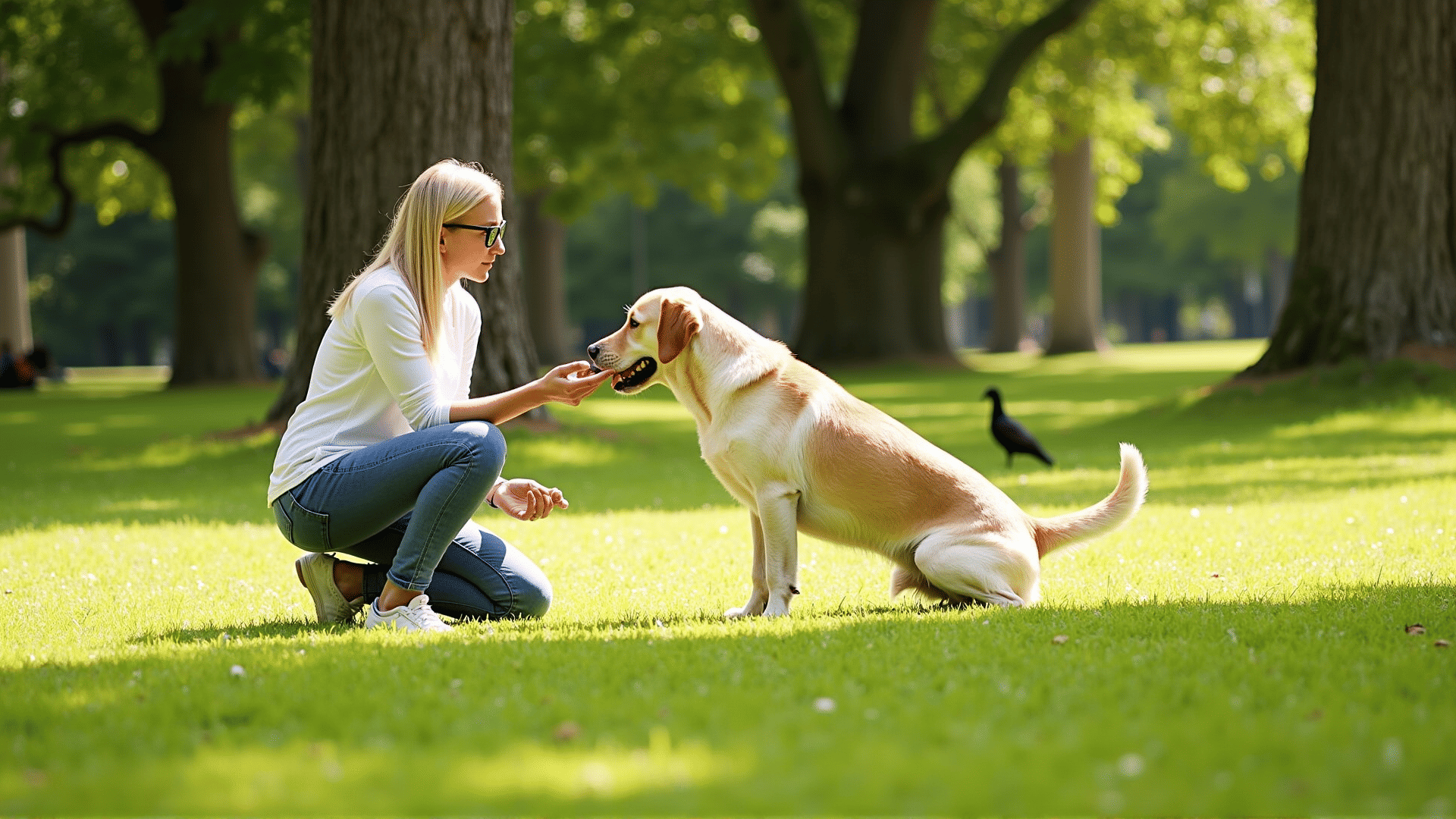Understanding the intricacies of animal behavior can transform the relationship you share with your pet, leading to a more harmonious household and a stronger connection. By delving into the communication cues and natural instincts that drive your pet's actions, you can employ effective strategies to guide their behavior in positive ways.
Comprehension of Animal Behavior
Recognizing the nature of your pet’s behavior is the first step. Animals communicate primarily through body language and sounds. For instance, a wagging tail may indicate excitement in dogs, while a cat’s purr could express contentment. Understanding these signals helps in addressing the underlying needs or emotions your pet is trying to communicate.
Observation Techniques
Careful observation can uncover patterns in your pet’s behavior. Note their responses to various stimuli such as strangers, other animals, or specific times of day. This helps in identifying triggers for both positive and negative behaviors, allowing for more targeted interventions.
Reinforcement Techniques
Positive reinforcement is a powerful tool in shaping your pet's behavior. Rewarding desirable actions encourages repetition of those behaviors. Consistency is crucial; ensure that rewards are given immediately after the desired behavior to establish a clear connection.
Verbal and Physical Praise
Voice tones and physical affection are excellent rewards. Animals are often sensitive to vocal cues, so a gentle, encouraging tone can reinforce a job well done. Meanwhile, affectionate gestures like petting or scratching provide physical reassurance and strengthen your bond.
Structured Training Sessions
Implementing structured training sessions helps in focusing on specific behaviors. Set aside dedicated time each day to work with your pet, keeping sessions short to maintain their attention and prevent fatigue. Begin with simple commands, using clear, consistent cues.
Setting Realistic Goals
Define achievable outcomes for each session. For example, teaching a dog to sit on command or encouraging a cat to use a scratching post instead of furniture. As your pet masters basic commands, gradually introduce more complex tasks, ensuring they are ready for each step.
Environment’s Role in Behavior
Your pet's environment plays a significant role in their behavior. A stimulating environment with ample opportunities for physical and mental exercise can reduce unwanted behaviors stemming from boredom or excess energy.
Ensuring Safety and Comfort
Make sure your pet’s environment is safe and comfortable. Provide designated spaces for relaxation, feeding, and playing. Suitable bedding and appropriate toys can contribute to their well-being, minimizing stress-induced behaviors.
Continuous Learning and Adaptation
Adapting your strategies as your pet grows and their needs change is essential. Stay informed about best practices and consider seeking guidance from experts when faced with challenges. Understanding that learning is a lifelong process for both you and your pet can foster patience and resilience.
By applying these strategies, you not only manage your pet’s behavior but also enrich the relationship shared. With time, patience, and understanding, you transform training into a rewarding journey that enhances the life of both you and your pet.
